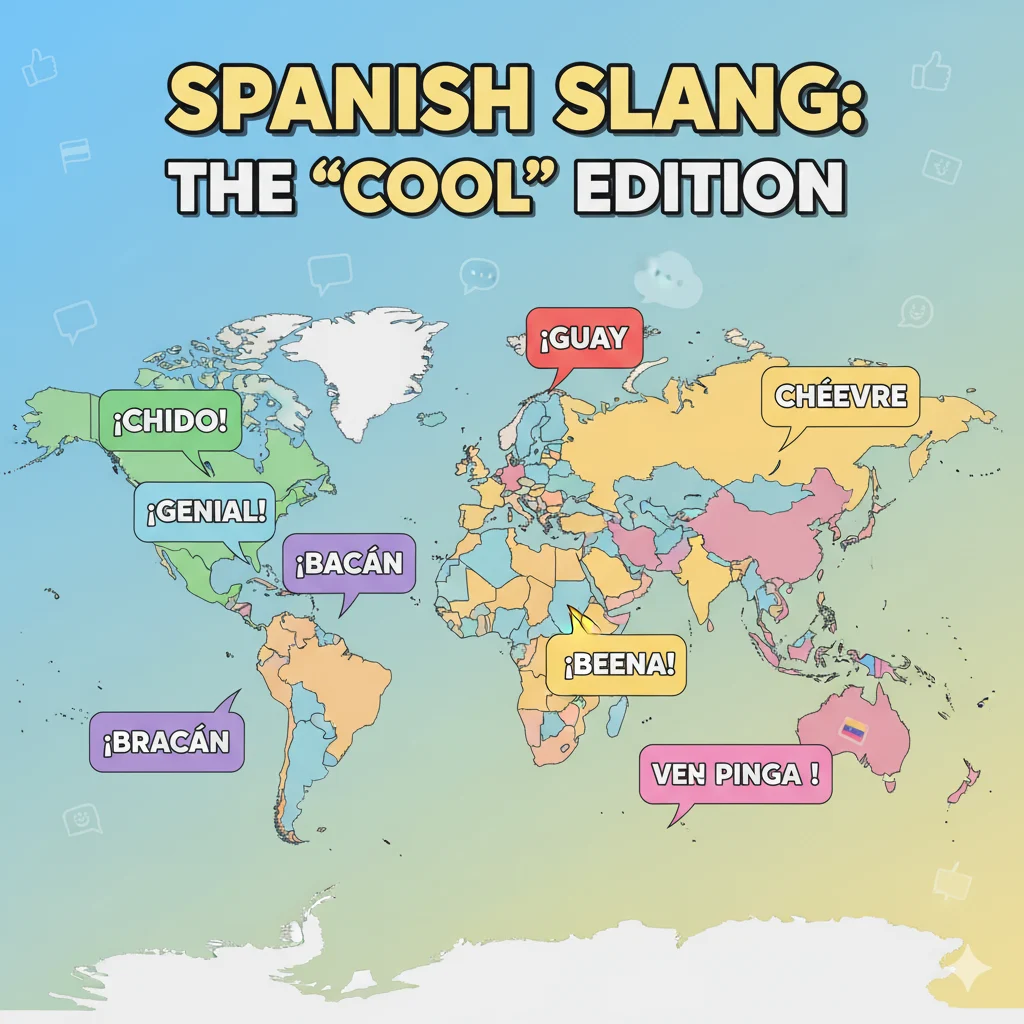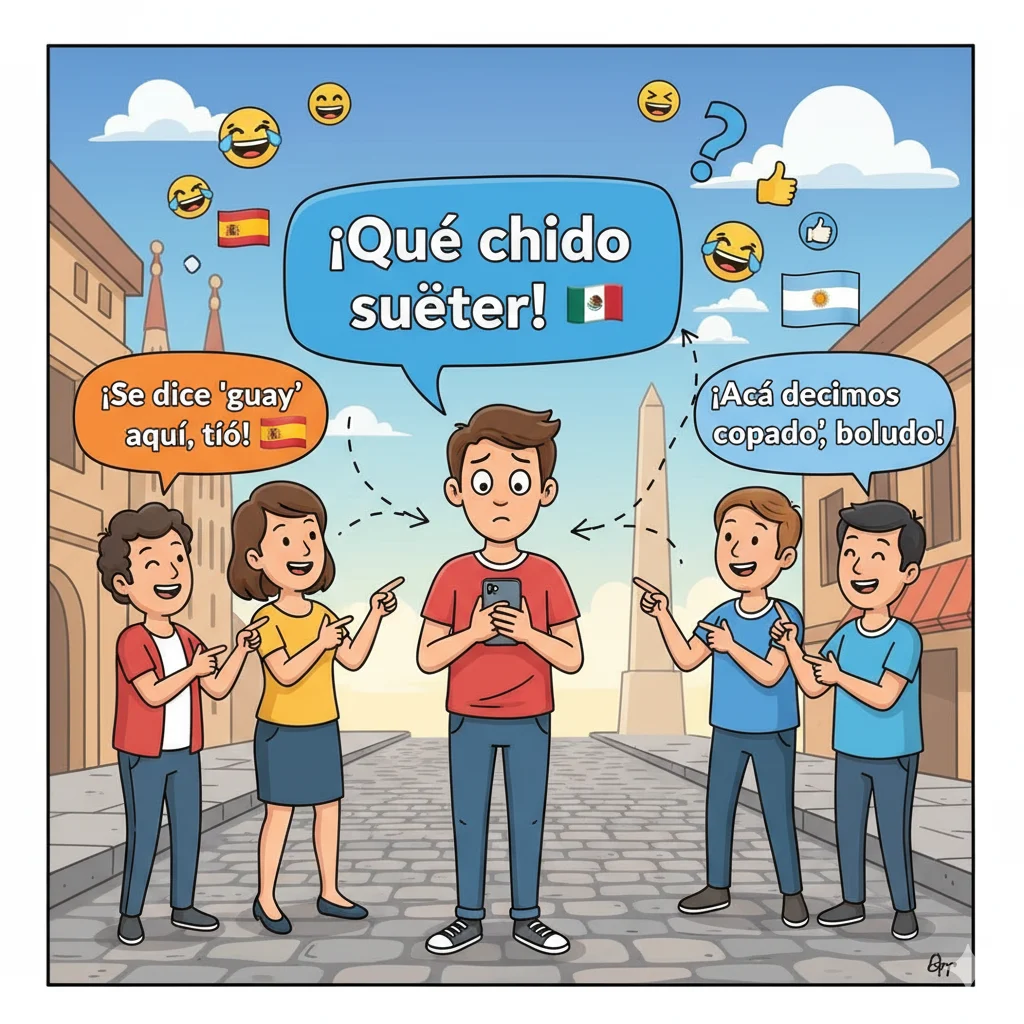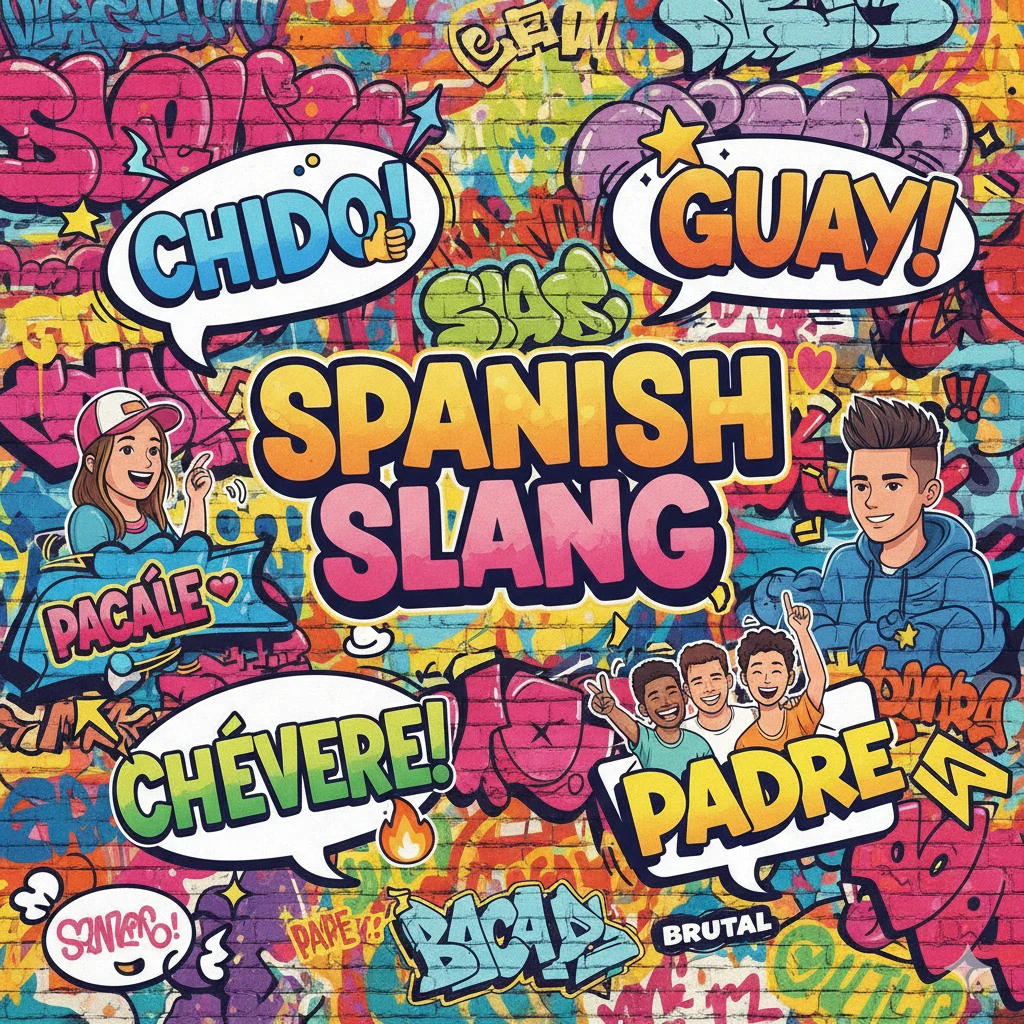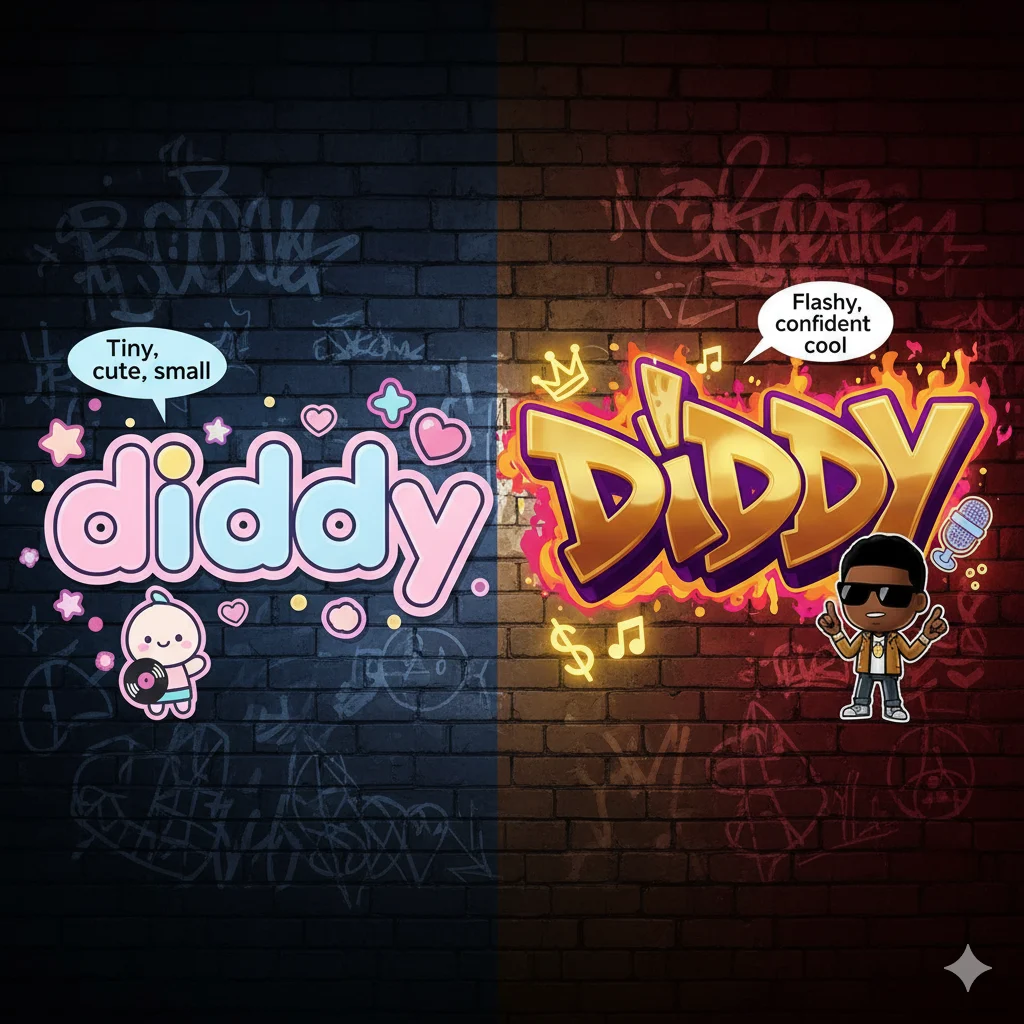Beyond “Genial” — The True Meaning of “Cool” in Spanish
When learning Spanish, one of the most fun and expressive areas is slang. And one of the most common questions learners ask is, “How do you say cool in Spanish?”
While “cool” in English can mean stylish, impressive, calm, or socially appealing — in Spanish slang, the translation changes depending on the country, tone, and context. What’s “cool” in Spain might sound strange in Mexico, and what’s trendy in Argentina might sound old-fashioned elsewhere.
This article breaks down the most common slang words for “cool” used across different Spanish-speaking regions. You’ll also learn when to use them, how they differ by country, and which phrases will make you sound like a true native speaker — not just a textbook learner.
What Does “Cool” Mean in Spanish Slang?
In Spanish, there isn’t a single universal word for “cool.” Instead, slang phrases capture specific vibes — like stylish, chill, awesome, or impressive.
Here’s how you can express “cool” depending on the situation:
- Impressive / Awesome: ¡Qué chido! (Mexico), ¡Qué guay! (Spain)
- Trendy / Stylish: Está de moda, Está bacán, Está chévere
- Relaxed / Easy-going: Tranquilo, Relajado
- Emotionally Cool: Frío or calmado (literally “cool-headed”)
Each of these expressions carries cultural flavor. In Spanish slang, the word “cool” doesn’t just describe a thing — it communicates your attitude and social connection.
Top Slang Words for “Cool” Across Spanish-Speaking Countries
Let’s dive into the regional favorites that replace the English “cool.”

1. Guay (Spain)
Probably the most famous Spanish slang for “cool.”
- Meaning: Great, awesome, nice.
- Example: “Esa fiesta estuvo guay.” → “That party was cool.”
- Tone: Friendly, casual, everyday Spanish.
2. Chido (Mexico)
One of Mexico’s signature slang words.
- Meaning: Awesome, cool, or neat.
- Example: “Tu coche está chido.” → “Your car is cool.”
- Tone: Playful, youthful, and very common in Mexican pop culture.
3. Bacán (Chile, Peru)
Widely used in South America, especially in Chile.
- Meaning: Excellent or cool.
- Example: “Qué bacán tu estilo.” → “Your style is cool.”
- Tone: Stylish and local; often used in informal conversations.
4. Chévere (Venezuela, Colombia, Caribbean)
One of the most pan-Latin American slang words.
- Meaning: Nice, cool, great.
- Example: “Todo está chévere.” → “Everything’s cool.”
- Tone: Warm, friendly, and very expressive.
5. Copado (Argentina, Uruguay)
Unique to the Southern Cone.
- Meaning: Cool, awesome, interesting.
- Example: “Sos re copado.” → “You’re really cool.”
- Tone: Laid-back and regionally strong.
6. Padre (Mexico)
Used mostly by younger generations.
- Meaning: Cool, amazing, great.
- Example: “¡Qué padre tu camisa!” → “Your shirt is cool!”
7. Brutal (Spain, Puerto Rico)
Similar to “epic” in English slang.
- Meaning: Extremely cool or amazing.
- Example: “Esa película fue brutal.” → “That movie was awesome.”
8. De Puta Madre (Spain)
A bit vulgar but used affectionately among friends.
- Meaning: Really cool, awesome, fantastic.
- Example: “El concierto estuvo de puta madre.” → “The concert was super cool.”
9. Mola (Spain)
Another fun term common among younger people.
- Meaning: To be cool or appealing.
- Example: “Me mola tu estilo.” → “I like your style.”
10. Bacilón (Caribbean)
Used for something fun or enjoyable.
- Meaning: Cool, fun, or entertaining.
- Example: “Fue un vacilón la fiesta.” → “The party was really fun.”
How to Use “Cool” in Spanish Conversations Naturally
Slang isn’t just about vocabulary — it’s about tone and timing. Here’s how to sound authentic when using these expressions:
- Match the Context: Don’t say “de puta madre” to your boss — keep that for friends.
- Use Body Language: Spanish speakers often emphasize “cool” expressions with gestures or tone.
- Mirror Native Speech: If your Spanish-speaking friends say “chévere,” respond with the same slang for fluency.
- Understand the Age Group: Words like “guay” and “chévere” are universal; “chido” or “padre” might sound younger.
Examples of “Cool” in Real Conversations
Here are some natural dialogue examples:

- Mexico:
- “¿Te gusta mi nuevo tatuaje?”
- “¡Sí, está chido!”
- Spain:
- “¿Qué tal la película?”
- “Guay, me encantó.”
- Colombia:
- “¿Cómo estuvo el viaje?”
- “Súper chévere, la pasamos genial.”
- Argentina:
- “Me compré una moto nueva.”
- “¡Qué copado!”
Each example shows how tone, word choice, and context shape slang authenticity.
Regional and Cultural Variations
Slang reflects culture. Here’s how “cool” changes meaning by region:
- Spain: “Guay” and “mola” dominate everyday speech — casual and friendly.
- Mexico: “Chido” and “padre” are youthful, playful, and rooted in pop culture.
- Caribbean: “Chévere” and “vacilón” carry musical, social, and festive energy.
- South America: “Bacán” and “copado” show admiration and respect.
Learning regional slang helps you adapt culturally, making your conversations feel more local and authentic.
The Cultural Meaning of Being “Cool” in Spanish
In Spanish-speaking cultures, “coolness” often means more than just being stylish or trendy. It can also reflect kindness, confidence, and social warmth.
- Spain: “Guay” describes both personality and attitude.
- Mexico: “Chido” suggests friendliness and openness.
- Argentina: “Copado” implies someone fun, likable, and good-natured.
So when someone says “Eres muy chévere,” they’re not just calling you “cool” — they’re complimenting your personality and vibe.
Common Mistakes When Using “Cool” in Spanish

- Using the Wrong Region’s Slang: Saying “chido” in Spain might confuse people — use “guay” instead.
- Overusing English: Avoid directly saying “cool” in Spanish; it sounds unnatural unless used ironically.
- Ignoring Context: Some slang (like “de puta madre”) can be vulgar in formal settings.
- Translating Literally: “Cool” doesn’t always mean “frío” — that refers to temperature, not personality.
Avoiding these mistakes will make your Spanish sound natural and confident.
When “Cool” Means Calm or Composed
Sometimes, “cool” in English means emotionally steady or relaxed — not stylish. In that case, you can use:
- Tranquilo → “Relaxed”
- “Mantente tranquilo.” → “Stay cool.”
- Relajado → “Chill”
- “Es un tipo relajado.” → “He’s a chill guy.”
- Calmado → “Calm”
- “Mantén la calma.” → “Keep your cool.”
These phrases convey composure rather than trendiness.
FAQs About “Cool” in Spanish Slang
Q1: What’s the most universal word for “cool” in Spanish?
A: Chévere and guay are widely understood across many countries.
Q2: Is it okay to say “cool” in English while speaking Spanish?
A: Yes, but it sounds more natural when used humorously or in youth culture.
Q3: What’s the difference between “chido” and “padre”?
A: Both mean “cool” in Mexico, but “padre” can also mean “awesome” or “great.”
Q4: What’s a polite way to say “cool” in business Spanish?
A: Use interesante, excelente, or muy bien instead of slang.
Q5: Can “cool” ever sound offensive in Spanish?
A: Some expressions like de puta madre are considered vulgar; avoid them in formal settings.
Conclusion: Master the Cool Factor in Spanish
Saying “cool” in Spanish slang opens a door to cultural connection, humor, and authenticity. Whether you’re texting a Mexican friend, chatting in Madrid, or watching Latin TV shows, knowing local slang helps you sound natural — and cool.
From “guay” in Spain to “chévere” in Colombia, each phrase carries its own rhythm, identity, and regional flavor. So next time you hear “¡Qué chido!” or “¡Está bacán!”, smile — you’ve just tapped into one of the most expressive sides of the Spanish language.
Mastering slang is more than translation — it’s about feeling the language. That’s what truly makes you sound cool.




